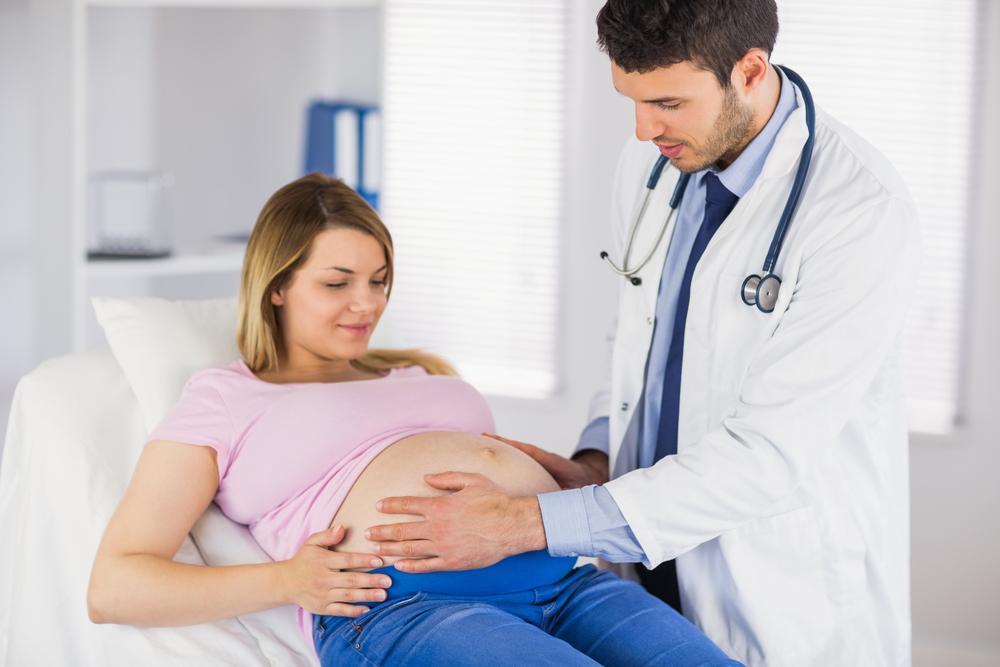
The 3 Most Important Factors to Know about Contraception

Anatomy of getting pregnant:

The vaginal opening is the door to the journey of conception. Once semen enters the vagina, the sperm begins its journey towards the cervix of the uterus traveling 6 inches to the egg residing in the fallopian tube. If one sperm enters the egg, the process of pregnancy begins. Therefore, knowing the anatomy of getting pregnant will help you decide what method of contraception is appropriate for you. Please note that unprotected vaginal penetration can lead to sexually transmitted diseases despite the use of contraception.
How to avoid pregnancy?:
Depending on whether you desire a permanent as opposed to temporary contraception, hormonal versus non-hormonal, or daily to monthly compliance, there is a best contraceptive method individualized for you. In addition, it is important to also evaluate how imperative it is for you not to get pregnant as there are 3 levels of contraception efficacy. Subsequently, when you see your OB/GYN professional, you can discuss your needs compared to what is available in the market to safely keep you from getting pregnant. If indicated there will be a pregnancy test done followed by starting, changing, or continuing your contraception of choice.
Pregnant Versus Not Pregnant?
The sperm enters the body via the vagina traveling through the cervix and uterus to reach the fallopian tube where it finds the egg to fertilize. Once the egg is fertilized the process of creating a baby begins. The fertilized egg travels down to the uterus and implants allowing the baby to fully develop. To best avoid pregnancy there has to be an interruption at some point in this process. This is known as contraception. Hence, initiating early contraception reduces the emotional journey of an unplanned pregnancy.
You Might Also Enjoy...


CORONAVIRUS, KEEP YOUR BODY AND MIND HEALTHY

How Do I Improve My Chances of Getting Pregnant?

5 Good Reasons to Manage Gestational Diabetes during pregnancy

Why is Flossing Important During Pregnancy?




